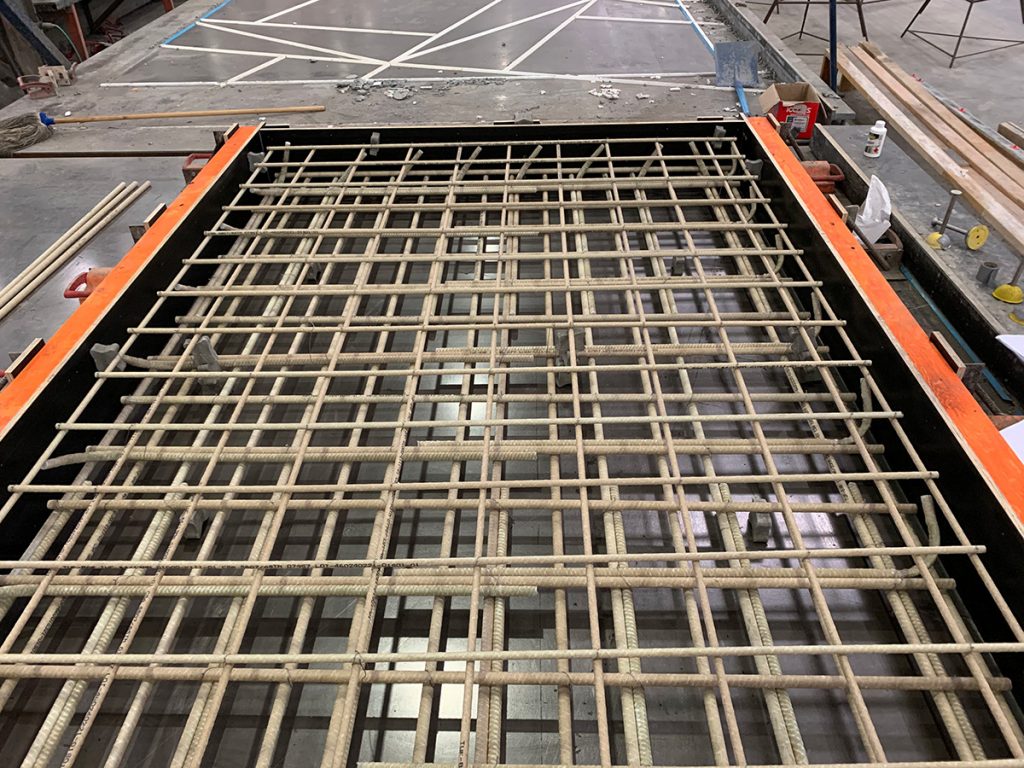Today, there is a growing demand for durable, long-lasting infrastructure. The industry is also gaining awareness about the better alternatives to the traditional steel rebar, which is prone to corrosion and requires frequent maintenance, leading to high long-term costs. The Glass Fiber Reinforced Polymer (GFRP) rebar is emerging as the superior alternative, offering unmatched durability and resilience, along with affordability and more versatility.
Here’s more on Why GFRP Rebar is the Best Choice for Bridges, Roads, and Marine Applications
1. Superior Corrosion Resistance
One of the most important advantages of GFRP rebar is its complete corrosion resistance. Traditional steel reinforcement is vulnerable to rust, especially in coastal and marine environments where saltwater exposure accelerates deterioration. GFRP rebar, on the other hand, does not rust, promising stellar structural integrity of bridges, roads, and marine structures over decades.
2. Increased Lifespan and Reduced Maintenance
GFRP rebar’s resistance to environmental stressors means longer-lasting structures with minimal maintenance requirements. Unlike steel, which requires frequent inspections and repairs due to corrosion, GFRP-reinforced structures maintain their integrity for decades, leading to significant cost savings over time.
3. Lightweight and High Strength-to-Weight Ratio
GFRP rebar is also significantly lighter than steel, reducing handling and transportation costs. This lightweight nature makes installation easier, lowering labour expenses, all while providing impressive tensile strength, serving as an excellent choice for large-scale infrastructure projects.
4. Enhanced Durability in Extreme Conditions
Bridges, highways, and marine structures are constantly exposed to continuous stress from traffic loads, environmental exposure, and fluctuating temperatures. GFRP rebar is designed to offer excellent fatigue resistance, ensuring that structures remain robust and crack-free even under extreme conditions.
5. Non-Magnetic and Non-Conductive
Unlike steel, GFRP rebar is non-magnetic and does not interfere with electromagnetic fields, making it perfect for applications such as bridge decks, tunnels, and electrical substations. Moreover, its non-conductive nature contributes to higher safety in high-voltage areas.
6. Eco-Friendly and Sustainable
Sustainability is becoming a norm in infrastructure development. GFRP rebar sustainability, which naturally has a lower carbon footprint compared to steel, minimizes the environmental impact. Its long lifespan and reduced need for replacement further contribute to sustainability, making it an eco-friendly solution for modern construction needs.
7. Ideal for Marine and Coastal Applications
Marine environments are some of the harshest for infrastructure, with constant exposure to saltwater, high humidity, and chemical reactions. GFRP rebar’s corrosion resistance makes it the perfect reinforcement material for docks, seawalls, piers, and offshore structures, offering extended durability without the risk of degradation.
Clearly, GFRP rebar is revolutionizing the construction industry as a durable, cost-effective, and environmentally friendly reinforcement solution. Its superior corrosion resistance, lightweight nature, high strength, and sustainability make it the best choice for bridges, roads, and marine applications. As the contemporary infrastructure demands continue to grow, incorporating GFRP rebar ensures long-lasting, maintenance-free structures that transcend the test of time.
Also Read –

